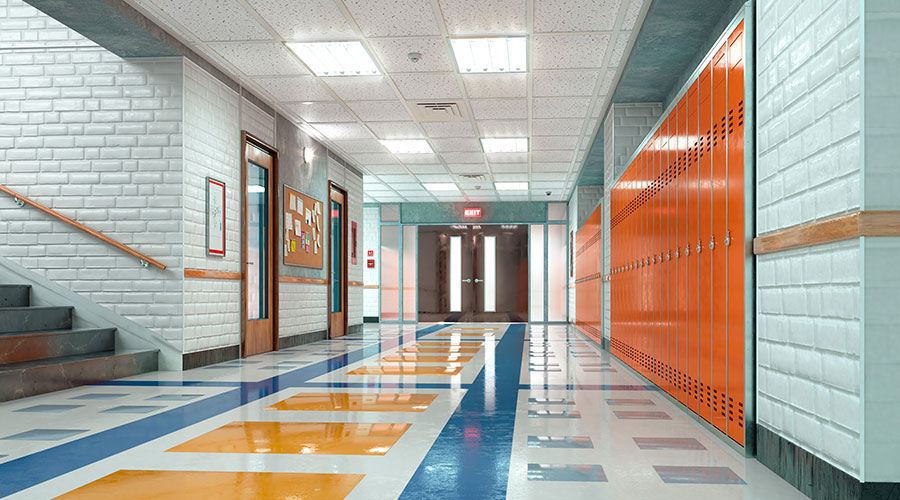What You Need To Know About Flat Roof Coatings
July 30, 2013
Flat roof coatings can be a good investment for many facilities. A flat roof coating can extend the life of a roof because it lowers the roof temperature. It can also lead to additional energy savings as the temperature is reduced.
Still, because there are so many different types of roofs in use today, specifying a flat roof coating isn't easy. Different substrates require different coatings. A coating's adhesion might depend as much on the substrate's characteristics as on the coating type. In general, it is more difficult for coatings to adhere to hard, smooth, chemically inert surfaces and easier on rough, irregular, chemically active surfaces.
A coating's adhesion to a substrate often improves when the installers put down a primer or base coat. Coatings manufacturers recommend certain primers or base coats for managers trying to match a specific topcoat with a specific substrate. Managers should use only the base coat or primer specified by the coating's manufacturer.
With the introduction of roof membranes such as ethylene propylene diene monomer (EPDM), polyvinyl chloride (PVC), thermal polyolefin (TPO), Hypalon, modified bitumen, and built-up roofing, manufacturers have developed a variety of roof coatings to address multiple substrates with different adhesion and weathering characteristics.
Managers can specify asphaltic and tar-based coatings for use with coal-tar-pitch built-up roof systems. Non-asphaltic coatings, including urethanes, acrylics, and polyureas, are most commonly used on single-ply systems.
Each of these coatings has different cost and performance factors. Due to variations in coating formulations, a manager should work closely with a roof consultant and the manufacturer to make sure they specify the right coating for the roof substrate and that workers perform the correct repairs before applying the coating. Manufacturer representatives and product data sheets also can assist in specifying coatings.
Next
Read next on FacilitiesNet







